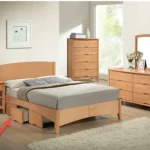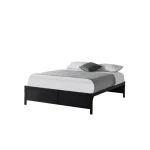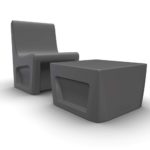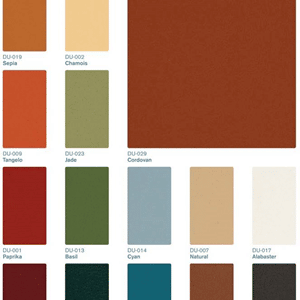Contract furniture Buying Check-List

Reasons to Buy Contract Vs. Retail Furniture.
When I asked customers about selecting contract-grade furniture, they are often unaware that there was furniture designed for non-residential applications. While the elements of good residential interior design might translate well into a commercial healthcare or group living environment, the furniture and fixtures do not.
Furniture and fixtures for health care and healing environments must not only be comfortable, and attractive, but also prevent falls, encourage mobility, discreetly deal with incontinence and fluids, maintain sterile surfaces and support the latest patient-centered technologies.
Understanding the Difference
So what exactly is contract-grade furniture?
- Contract-grade furniture is designed and built by specialized manufacturers whose construction methods and materials produce a higher-quality piece of furniture that stands up to heavy use. Additionally, fabrics for contract environments are tested to standards that are not applicable in residential design.
- Fabric finishes are far more durable than a traditional Scotch-Guard surface treatment and many fabric finishes can handle urine and body fluids without penetrating vulnerable foam and frame components of seating pieces.
Considerations for Healthcare Environments
- Contract furniture designs can easily adapt dimensions of seating pieces to accommodate bariatric and limited mobility needs. Reinforced and metal frames can allow up to 800 lb. per seating surface. Shorter seat depths and higher arm heights on sofas, loveseats and chairs enables mobility by making the physics of taking a person from a seated position to a standing position an easier transition.
- Many health care facilities are subject to inspection and accreditation standards so making sure that all design elements including furniture and fixtures comply is essential.
Compliance and Safety
- Patient and staff safety is always a primary concern. Understanding the specific needs of the patient population, staff and visitors is crucial since design needs may include things like managing self-harm risk, preventing assemblies that can be used as weapons, eliminating sharp edges, minimizing tripping or falling risks and optimizing independence are topics that many designers have not had to take into consideration on non-contract projects.
Get The Upholstered Seating Catalog Inexpensive look-alikes cannot possibly have frames and components built to last in a commercial or heavy-use environment. Always engage a reputable contract furniture dealer who can help you understand the needs of contract health care and group living facilities so that you and your design project will shine!
Conclusion
Investing in contract-grade furniture ensures longevity, safety, and compliance with industry regulations, making it the preferred choice for non-residential environments. By prioritizing quality and functionality, you can create spaces that promote healing, comfort, and independence for patients and residents alike.

















